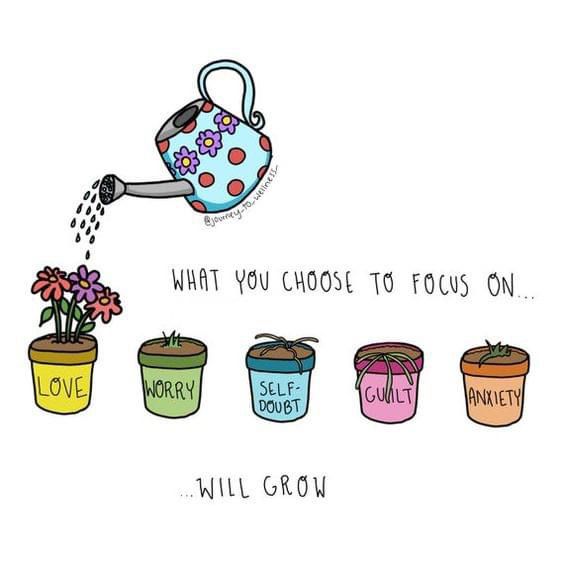Parents & Carers
As children grow they face many new things that will unsettle them.
Seeking professional help is crucial when concerns arise. Play Therapy emphasises the importance of creative play at home. We empower parents as influencers, guiding them to be agents of change. Referrals are made through schools. To access our service, please talk with your school.
Together, we can get the right support for your child.

What Is Play Therapy?
The therapist uses introductions, reviews and closing meetings with the parents to build a working relationship. This is a good opportunity for the therapist to understand the family’s individual history and presenting difficulties, provide further recommendations and raise awareness of the importance of play within the family home. The therapist uses these meetings to explore ways the family can positively connect together and show the parent/guardian how play and special time can be incorporated into their lifestyle. Each meeting with the parents is an hour long and aimed at equipping the family to become the agent of change.

How Can You Help?
01 - Quality Time
Spend daily snippets together – go for a walk, cook, play, or just hang out. Smiling and laughing together strengthens the positive bond, creating opportunities for children to open up.
02 - Open Communication
Ask about their thoughts and feelings regularly. Let them know you’re always there to listen, respecting their space and not pushing for conversation.
03 - Patient Listening
When they want to talk, give your full attention, and be patient. Avoid immediately fixing or giving advice. Ask questions to understand more, allowing them to confide in you.
04 - Validation
Validate their feelings and let them know it’s okay to feel how they feel. Acceptance and calm listening make it easier for them to share and process their thoughts.
05 - Problem Solving
Validate their feelings and let them know it’s okay to feel how they feel. Acceptance and calm listening make it easier for them to share and process their thoughts.
06 - Practice & Progress
Break tasks into small steps, allowing them to practice one step at a time towards their goal. If a step is too challenging, focus on building confidence elsewhere. Celebrate achievements!
07 - Encouragement
Praise their effort and progress, expressing pride. Encourage them to take pride in themselves as well.
08- Positive Outlook
Ask about what’s going well and what they look forward to. Share positive aspects of your day, fostering an expectation of good things.
09 - Soothing Moments
In overwhelming times, connect without words. Take a nature walk or engage in activities you both enjoy to soothe and comfort.
"Through the language of play, healing becomes a masterpiece, and every child is an artist of their own well-being."
Play Together
When playing with your child, prioritise their preferences and follow their lead. Reflect on their actions and interpretations, engaging with their narrative. Set boundaries for time, space, and mess, informing them of play duration and providing gentle reminders. Allow your child to guide the play without taking over or directing it yourself.
Space Ideas
Creative play is all about the freedom to learn and enjoy. Ideally, it’s a space where mess is welcome—be it a bedroom corner, a lounge section, the kitchen table, or outdoors in good weather. Ideally, this area is free from intrusion. Alternatively, provide your child with a designated box they can easily access for bursts of creativity in a consistent place. Children often enjoy brief, spontaneous creative sessions.
Managing Mess
Creative play involves mess, which can cause stress. Understanding the importance of mess for children’s freedom and learning, we aim to contain it while helping them practice boundaries. To reduce “Mess Stress,” consider:
Designate a creative space, perhaps a corner, for free expression.
Use wipe-clean PVC tablecloths or old shower curtains for easy cleanup.
Utilise storage boxes for materials, like cardboard or old shoe boxes.
Establish an agreement on where wet work can go, ideally in the bin or as per their terms.
Provide aprons as a work uniform.
Set up a soap and water tub with a towel for cleanup.
Suggest an outdoor boundary area in warm, dry weather.
Useful Tips!
- Encourage your child’s creativity by allowing them the freedom to explore their creative corner at their own pace, even if they experience “writer’s block.”
- Utilise cost-effective materials from nature, recycling bins, and homemade resources to keep expenses down.
- Embrace being a creative hoarder, collecting items that may inspire future projects.
- Teach boundaries by containing messes in clear plastic containers, repurposed from sweet shop jars, and involve your child in the cleanup process.
- Remember that the process of creating is more important than the end product, and involve your child in deciding which pieces to keep or recycle.
- Use shared creative spaces to teach cooperation, respect, and sharing among siblings.

Volunteer With Us!
Support us in promoting emotional well-being in children by contributing through letter writing for material and sponsorships, managing finances, organising sponsored events like runs or bike rides, or coordinating school fetes, car boot sales or cake sales. If you or a family member can knit teddy bears or craft wooden toys, please reach out.
We value your experience with the Treasure Basket Association and appreciate your feedback to enhance our services for everyone. Please take a moment to provide your input.

